Cold Therapy: Unlocking Autoimmune Support and Boosting Immunity

Cold therapy, including ice baths and cold showers, significantly boosts immunity by constricting bl…….
Introduction
The human body’s immune system is a marvel of natural engineering, safeguarding us against a myriad of pathogens. Among the various practices purported to bolster this defense mechanism, cold plunging has garnered attention for its potential impact on immune health. This article delves into the science and significance of cold plunge therapy, exploring its historical context, global influence, economic implications, technological advancements, and future prospects. We will also examine policies, challenges, and case studies to provide a comprehensive understanding of how this ancient practice fits within the broader landscape of immune system enhancement.
Understanding Cold Plunge for Immune Health
Cold plunge therapy involves short-duration exposure to extremely cold water, typically in the form of an ice bath. This practice is rooted in Wim Hof Method (WHM) and other traditional healing methods, such as Russian and Finnish sauna cultures. The core components of a cold plunge include cold temperature exposure, brief immersion periods, and gradual acclimatization to cold conditions.
Historically, cold therapy has been used for its perceived health benefits, including pain relief, improved circulation, and stress reduction. However, recent scientific interest has focused on the potential of cold plunging to modulate immune responses, particularly through the induction of heat shock proteins (HSPs) and hormesis—a beneficial response to low-level stressors.
The significance of cold plunge therapy in the context of immune health lies in its ability to potentially enhance the body’s natural defenses against illnesses by stimulating the immune system in a controlled manner. It is important to approach these claims with scientific scrutiny, as the evidence is still emerging and should be considered alongside other immune-boosting practices.
Global Impact and Trends
Cold plunge therapy has seen a surge in popularity across various regions, from North America and Europe to Asia and Australia. The global wellness economy, valued at over $4.5 trillion, has increasingly included cold therapy as part of holistic health and performance routines.
Key trends influencing the trajectory of cold plunge therapy include:
The global impact is evident in the way different regions are adapting this practice to suit local cultures and health paradigms, indicating a diverse and vibrant landscape for cold plunge therapy.
Economic Considerations
The economic aspects of cold plunge therapy are multifaceted. On one hand, it represents a burgeoning market for wellness products and services. On the other, it contributes to the healthcare economy by potentially reducing healthcare costs associated with managing illnesses.
Market dynamics reveal a growing demand for at-home cold plunge solutions, driven by the COVID-19 pandemic’s impact on public gatherings and health clubs. Investment patterns in the wellness sector are increasingly directing funds towards evidence-based practices like cold therapy, recognizing their value in preventive healthcare.
In economic systems, cold plunge therapy can be seen as both a cost center and a revenue opportunity, depending on whether it is provided as a medical service or as part of the luxury wellness industry. Its role in economic systems is likely to expand as research continues to validate its benefits, potentially influencing health insurance coverage and public health policies.
Technological Advancements
Technological advancements have revolutionized cold plunge therapy by making it more accessible and enhancing user experience. Innovations include:
The impact of these technologies is profound, as they enable personalized experiences, facilitate data collection for research purposes, and increase the popularity of cold plunge therapy among a broader audience. The future potential of technology in this field is immense, with possibilities for integrating artificial intelligence (AI) to predict individual responses and adapt therapy accordingly.
Policy and Regulation
Policies and regulations governing cold plunge therapy vary by region, with some countries embracing it as a complementary healthcare practice and others approaching it with caution due to a lack of definitive scientific evidence.
Key legislative frameworks include:
These policies play a crucial role in shaping the development and integration of cold plunge therapy into mainstream healthcare and wellness practices, influencing its availability, accessibility, and acceptance among various stakeholders.
Challenges and Criticisms
Cold plunge therapy is not without its challenges and criticisms. Skeptics argue that the scientific evidence supporting its health benefits is still inconclusive, and some of its claims lack rigorous clinical validation. Safety concerns, such as the risk of hypothermia or cardiovascular events, must be addressed through proper training and adherence to safety guidelines.
Moreover, the diversity of individual responses to cold therapy necessitates personalized approaches, which challenges the one-size-fits-all application of this practice. The accessibility of cold plunge therapy also remains a concern, as it may not be feasible for all demographics due to cost or location constraints.
Addressing these challenges requires ongoing research, education for practitioners and users, and the development of standardized protocols to ensure safety and efficacy.
Conclusion
Cold plunge therapy is an evolving practice within the wellness industry, with potential benefits for immune health and overall well-being. Its global popularity is growing, driven by trends in health and performance optimization. Economic considerations highlight its potential as both a healthcare investment and a revenue opportunity. Technological advancements are making cold plunge therapy more accessible and personalized, while policy and regulation will continue to shape its future within the healthcare landscape.
Despite the challenges and criticisms, cold plunge therapy is carving out a niche in the world of health and wellness, with the potential to contribute significantly to preventive healthcare and individual well-being. As research continues to evolve, so too will our understanding and application of this intriguing practice.

Cold therapy, including ice baths and cold showers, significantly boosts immunity by constricting bl…….
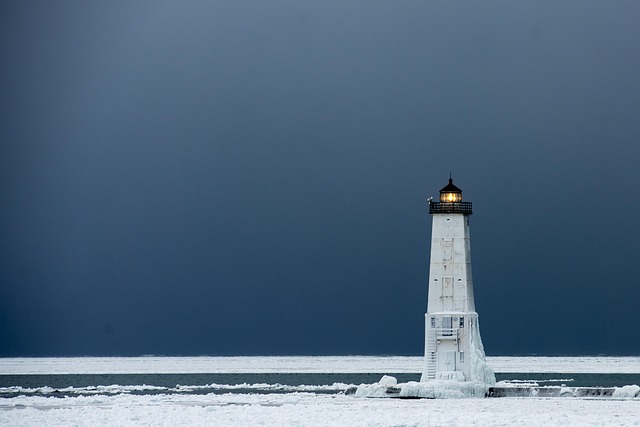
Cold water immersion, an ancient practice used worldwide by traditional cultures, has gained modern…….
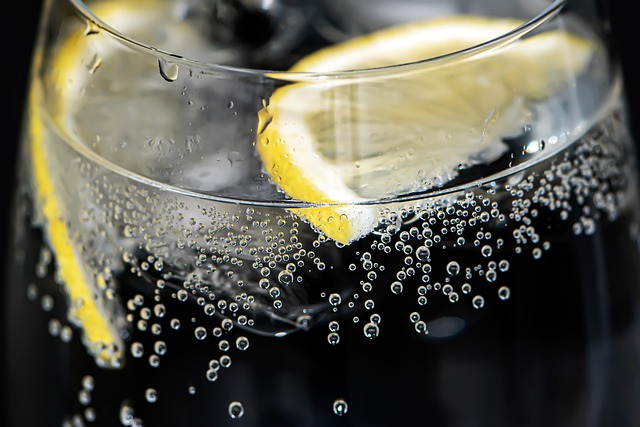
Cold plunges (cryotherapy) and targeted breathing techniques offer significant benefits for strength…….
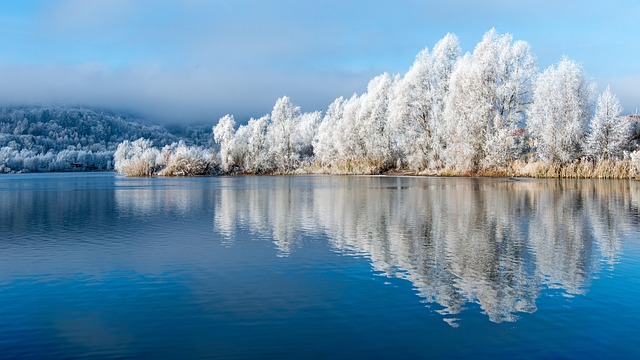
Cold water immersion, like cold plunges or ice baths, strengthens immunity by stimulating physiologi…….
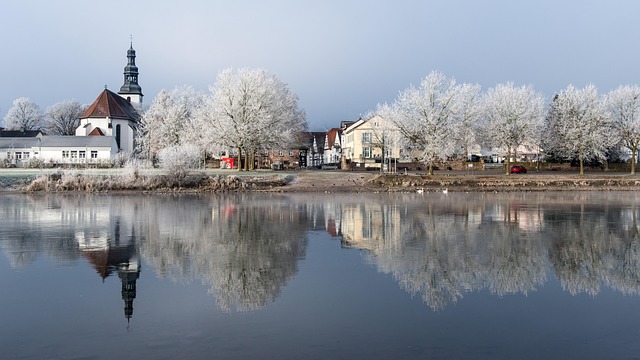
Prolonged stress weakens our natural defenses, leading to chronic immune suppression and increased v…….
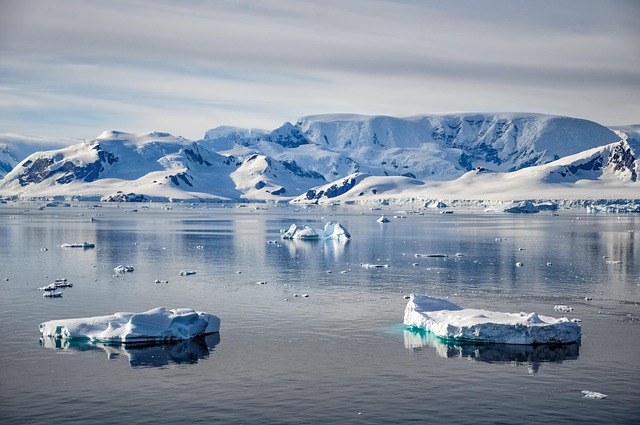
Cold water therapy, such as ice baths or quick cold showers, boosts the immune system by constrictin…….